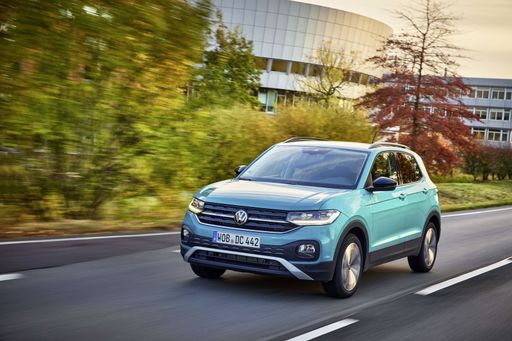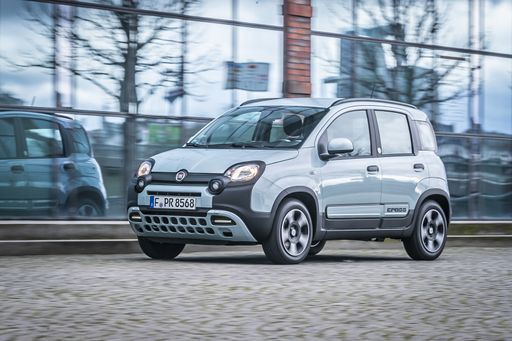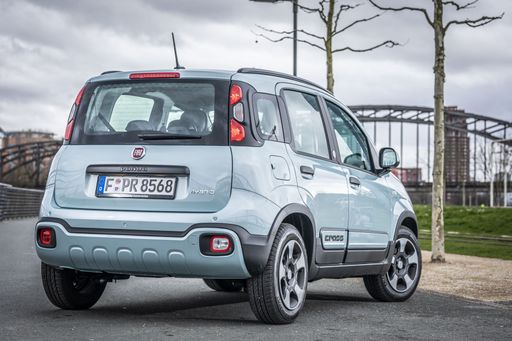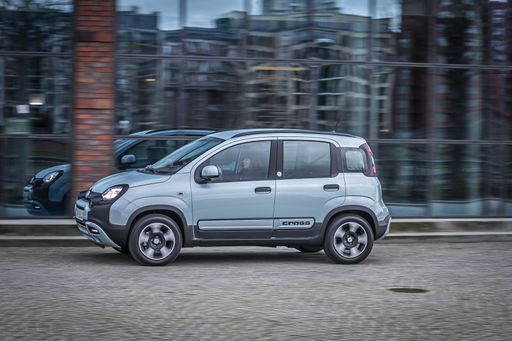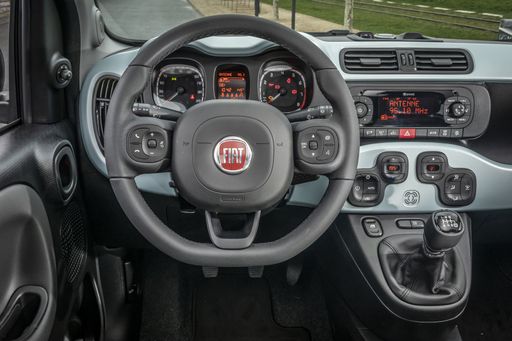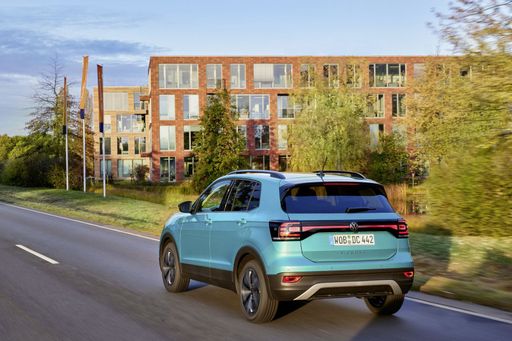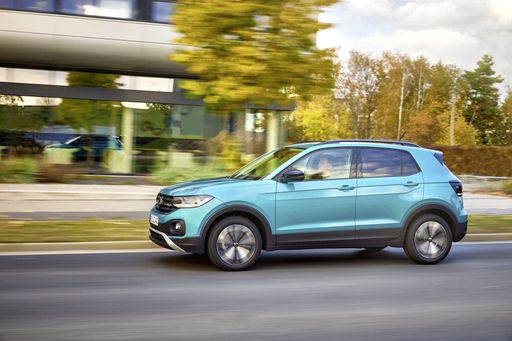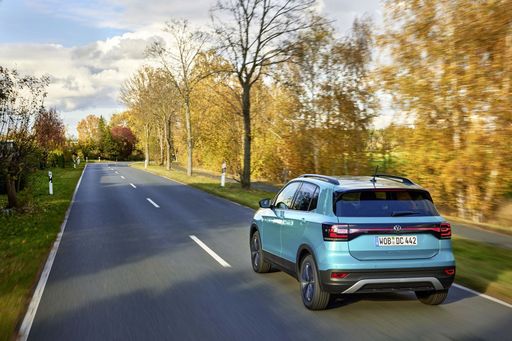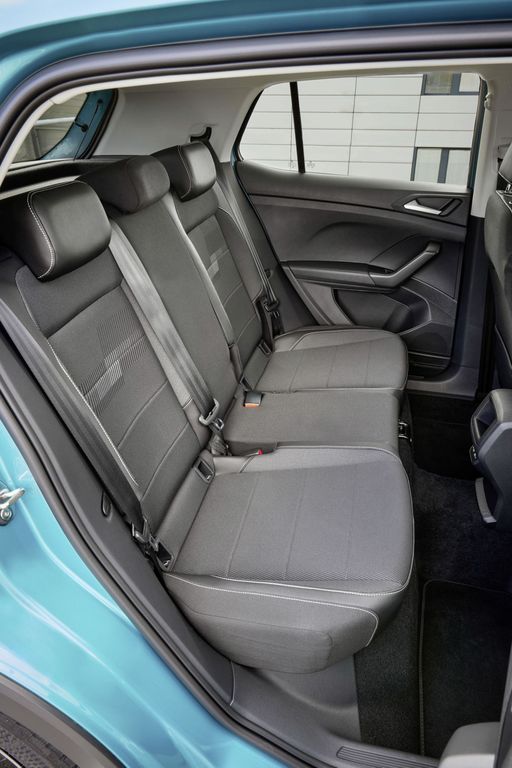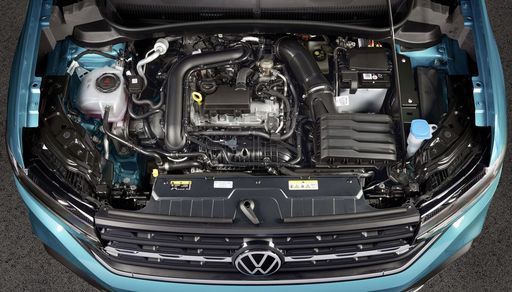Engine Choices and Performance
Under the hood, the Fiat Panda is powered by a petrol MHEV (mild hybrid electric vehicle) engine, producing 70 HP from its 999 cm³, three-cylinder configuration. It features a front-wheel-drive layout, ensuring efficient power delivery with a 0-100 km/h acceleration time ranging from 13.9 seconds to 14.7 seconds, depending on specific variants. The fuel consumption of around 5 to 5.1 L/100km is competitive for this class, providing a mix of performance and efficiency.
On the other hand, the VW T-Cross offers a range of engine options, starting with a 95 HP petrol engine and reaching up to a robust 150 HP variant. The T-Cross offers both manual and automatic transmission options, which enhances its appeal for various driving preferences. The faster variants boast a 0-100 km/h time of just 8.4 seconds, and a maximum speed that can reach up to 200 km/h, making it a more dynamic choice for those looking for spirited performance.

